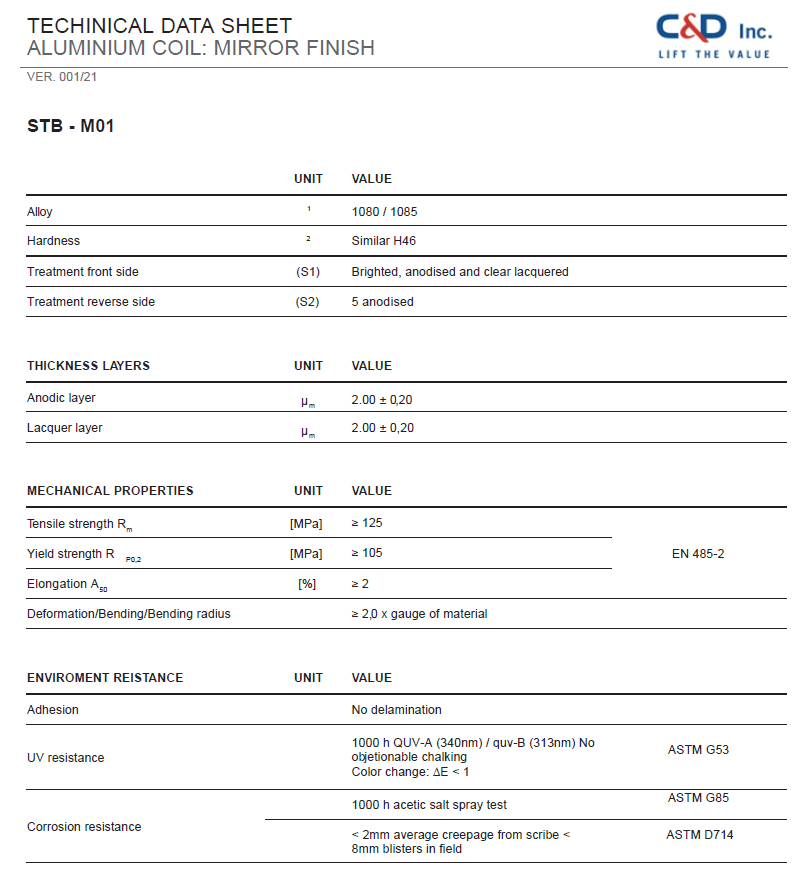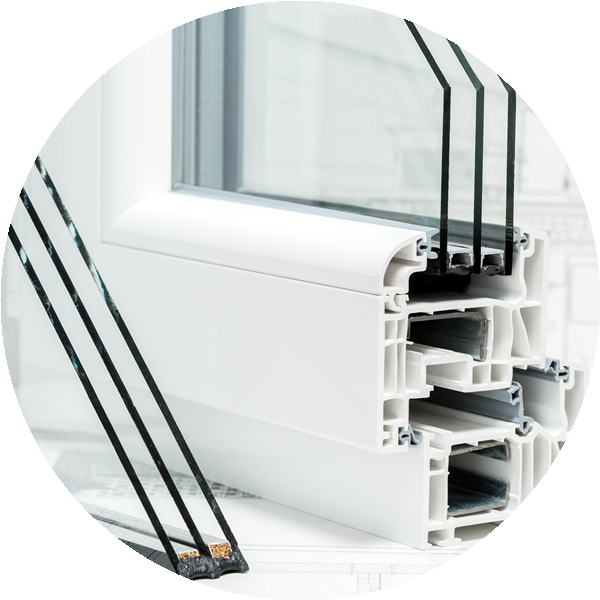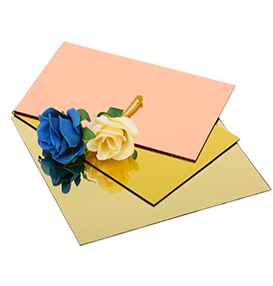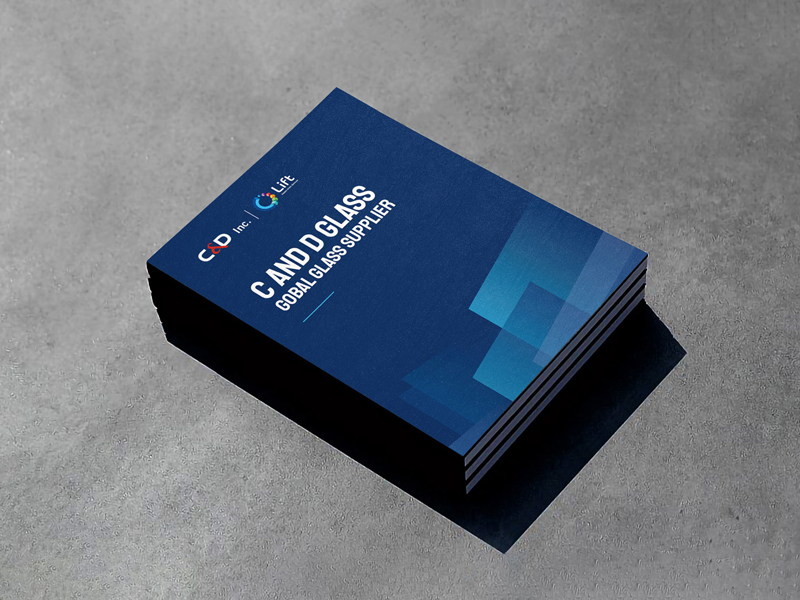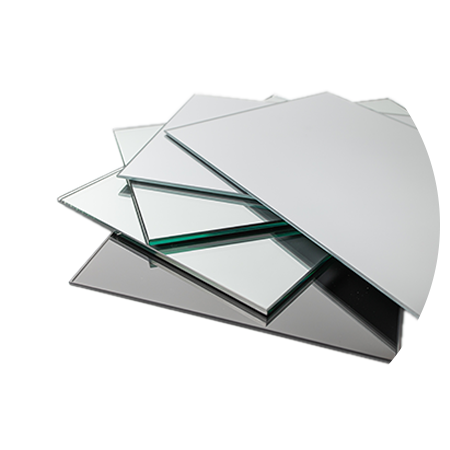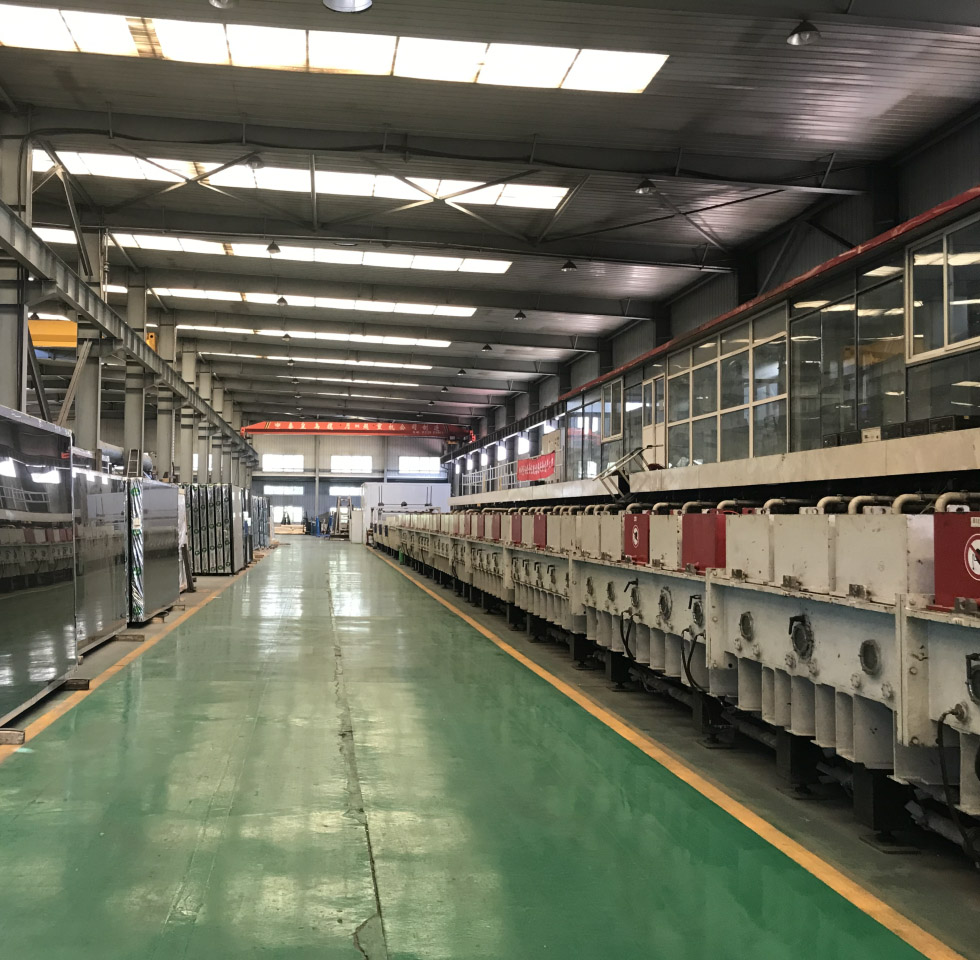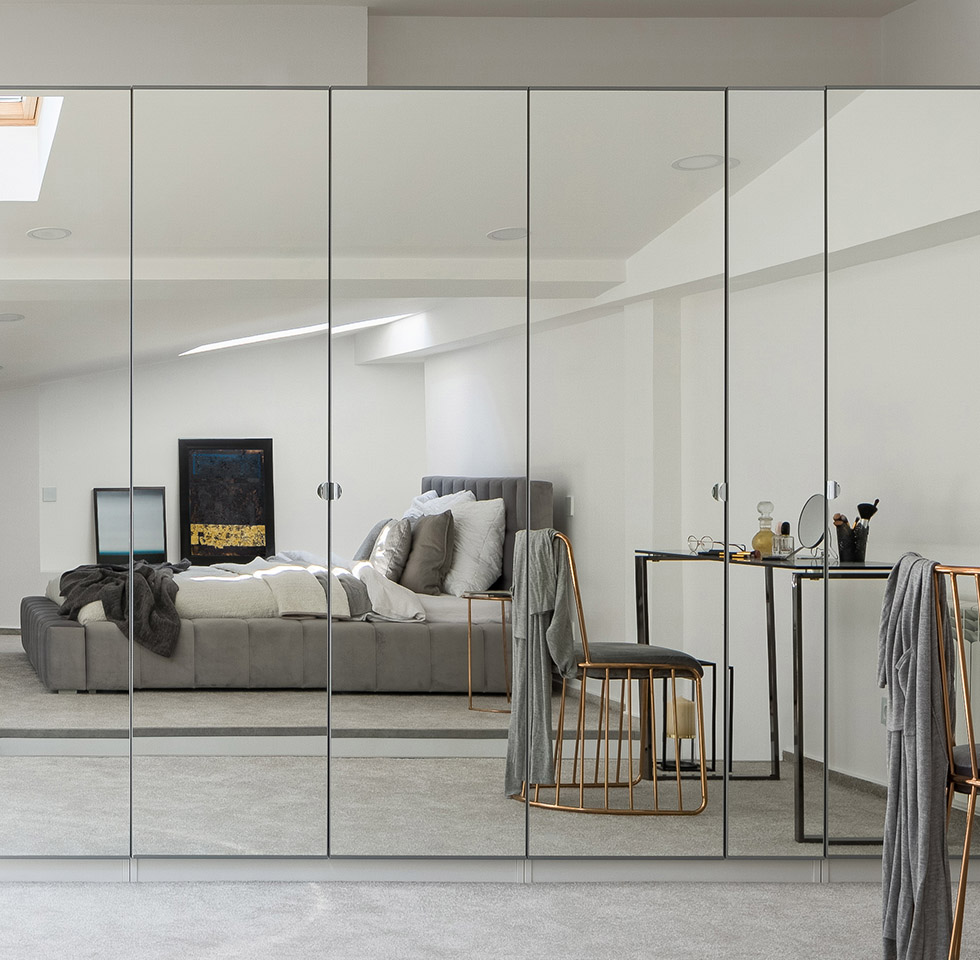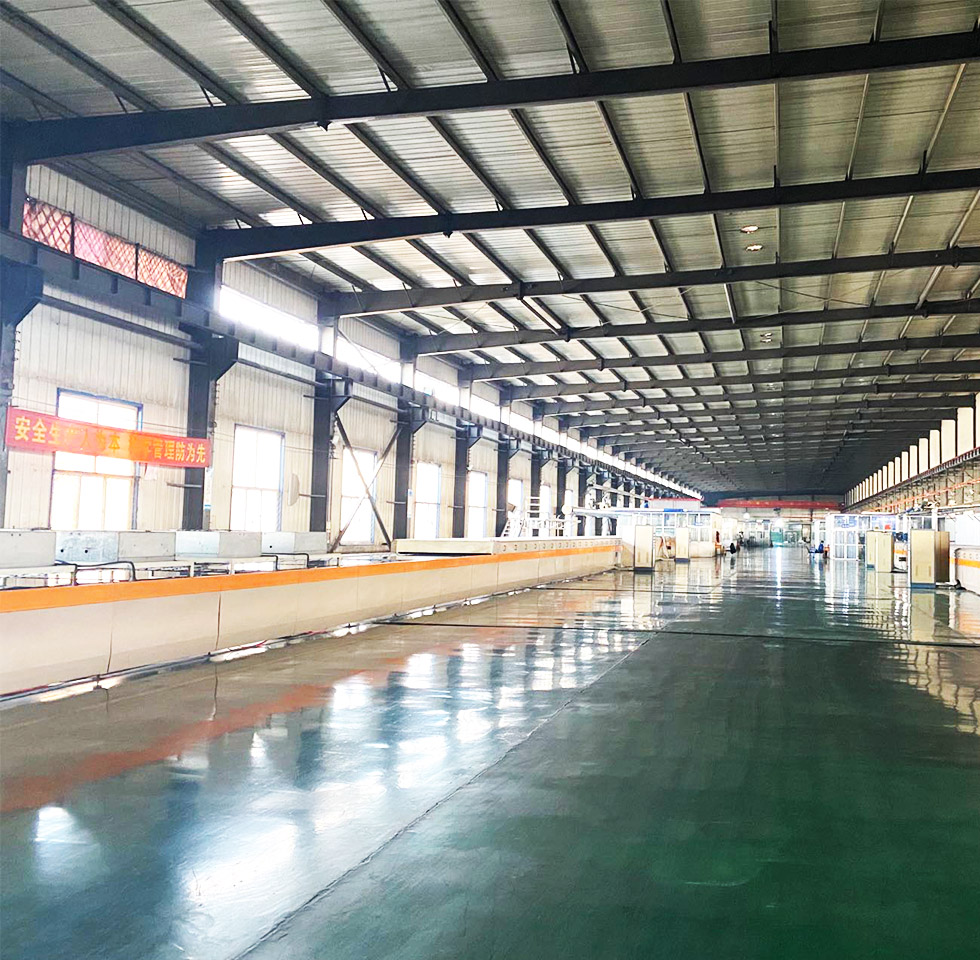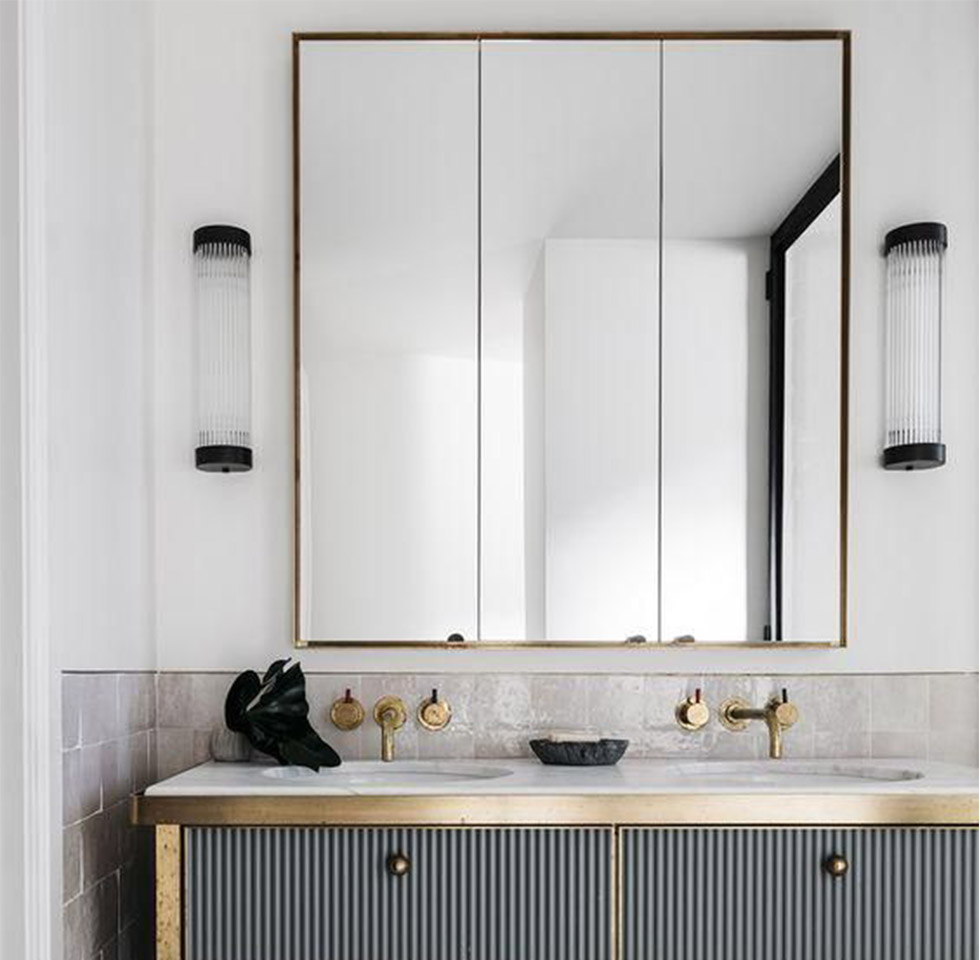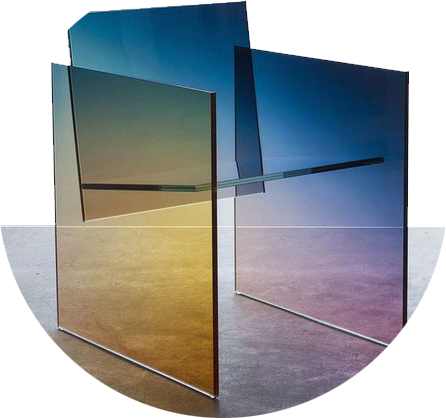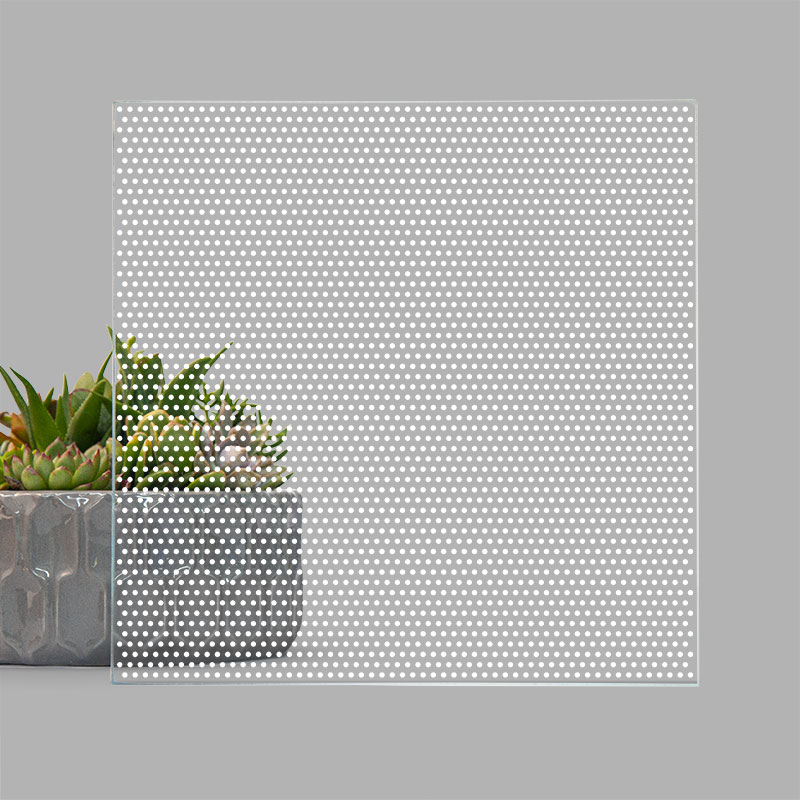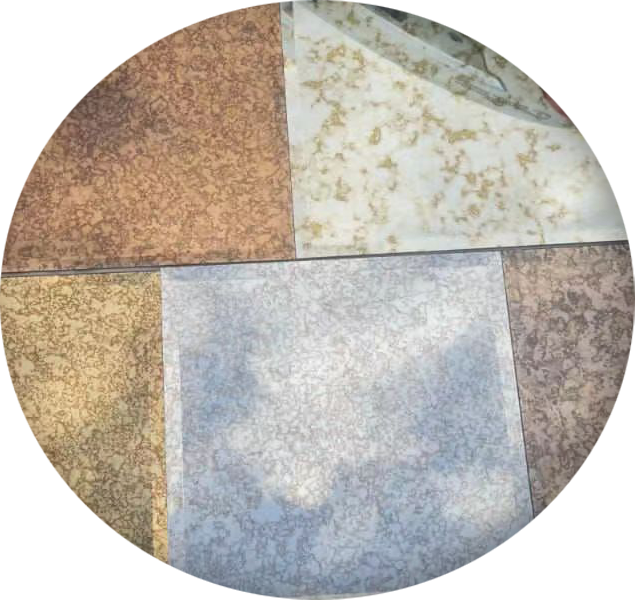Advantages
Suitable for interior applications.
Standard and custom options are available.
Can be used to achieve a variety of design goals.
Wide range of patterns, colors and finishes. GREY, BRONZE, PINK or CLEAR variations available.
High-quality standard and are exceptionally durable lasting for many years.
Applications
Splashbacks on the wall or in vulnerable public areas.
Furniture and mirror frames.
Interior fittings and decoration.
Feature Walls and Bar fit-outs.
Specifications
Standard glass dimension (mm): 1830x1220,2200x1660, 2440x1830, 2440×3300, 2140×3300,2440×3660.
Backing painting color: Grey, Blue, Green.
Coating: Single-coated, double-coated, copper and lead-free mirror.
Thickness (mm): 1.8, 2, 3, 4, 5, 6.
Parameters
